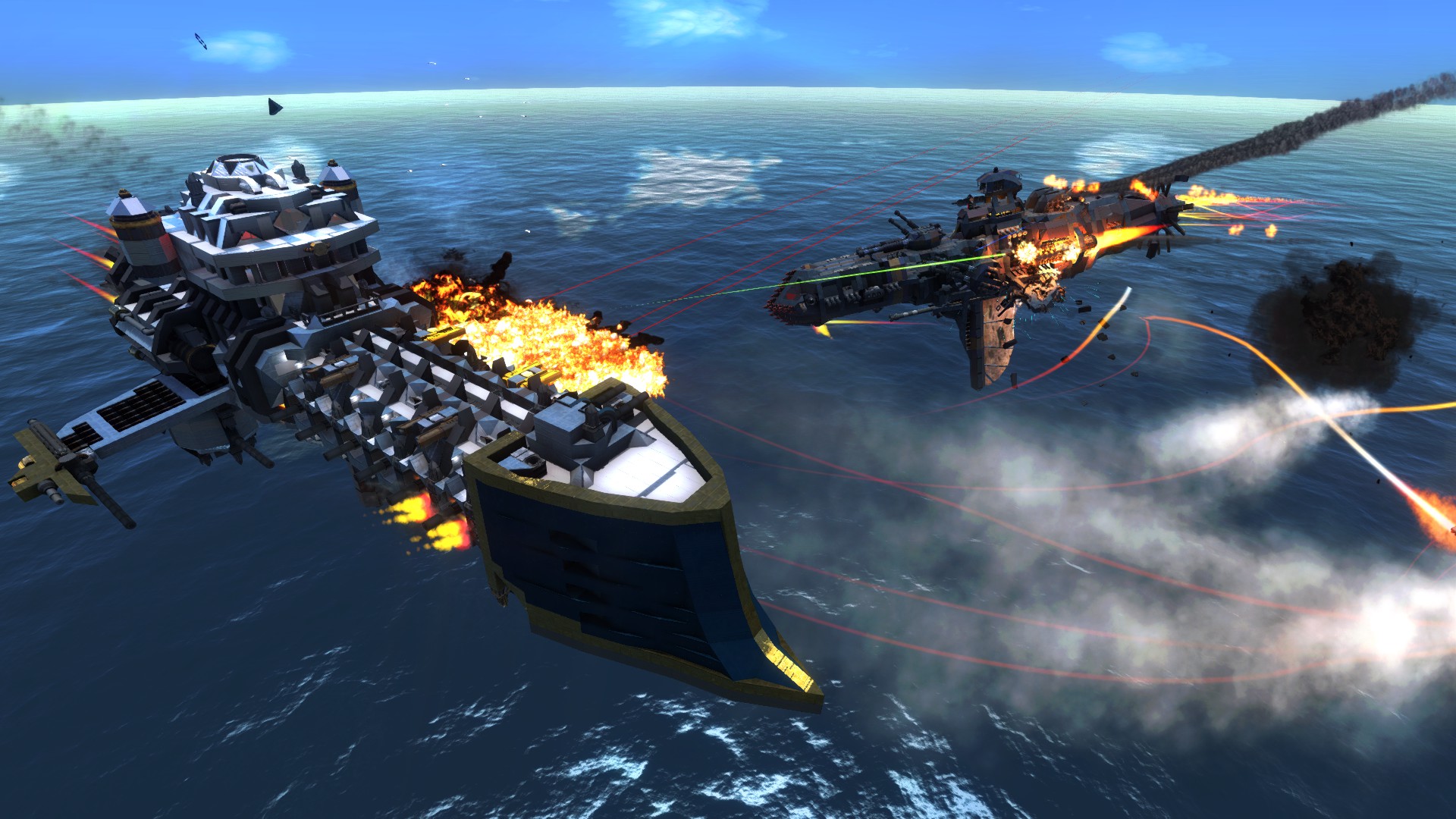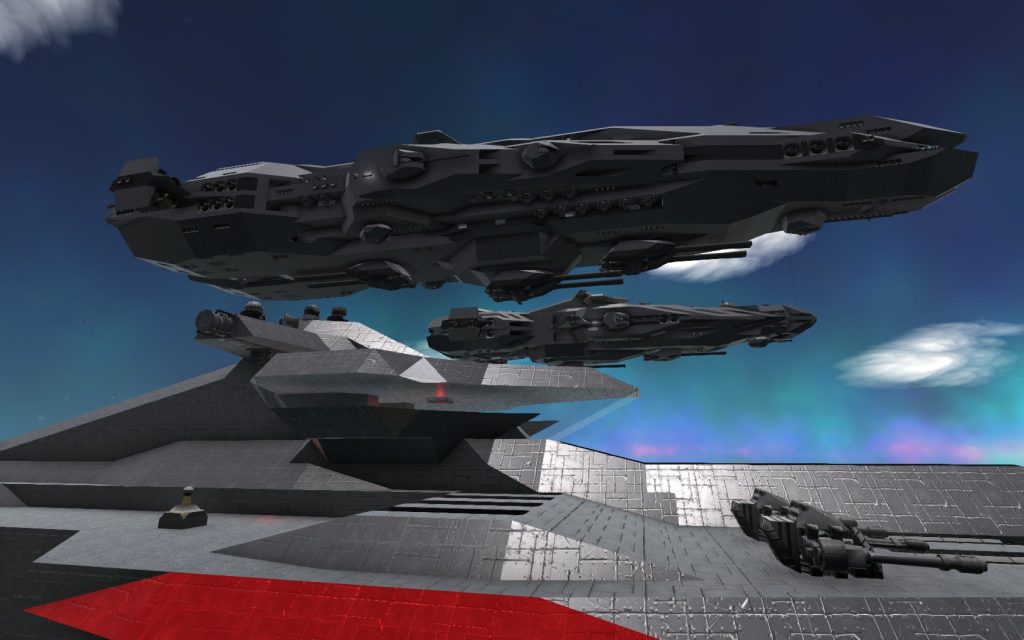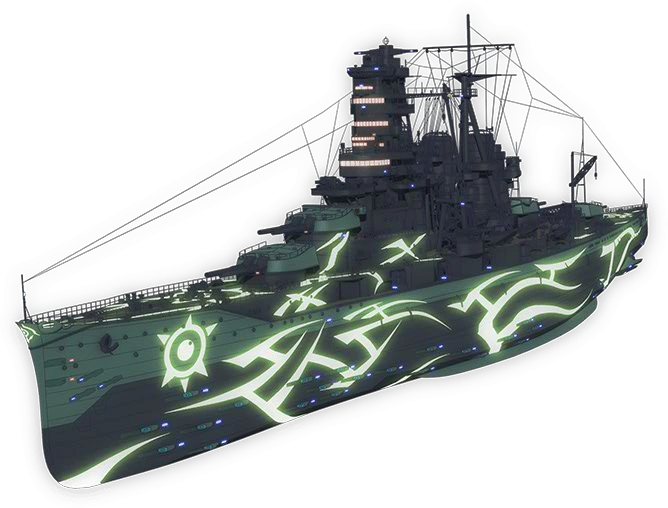



« lessĪuthors: Higby, D P Publication Date: Thu Nov 01 00:00: Research Org.: Pacific Northwest Lab., Richland, WA (USA) OSTI Identifier: 6312811 Report Number(s): PNL-5278 ON: DE85002456 DOE Contract Number: AC06-76RL01830 Resource Type: Technical Report Resource Relation: Other Information: Thesis. A correction that assumes losses of 10 to 15% would ensure that the concentration more » of airborne alpha-emitting radionuclides would not be underestimated when glass-fiber filters are used. The results show that burial of airborne particles collected on glass-fiber filters appears to be a weak function of sampling velocity and particle size. The fraction of alpha counts lost due to burial was determined as the ratio of activity detected by direct alpha count to the quantity determined by photon spectrometry.

Aerosols of high-fired /sup 239/PuO/sub 2/ were collected at various sampling velocities on glass-fiber filters. The present study was designed to evaluate the extent to which particle size and sampling velocity influence burial depth in glass-fiber filters. Furthermore, the dose calculation for inhaled radionuclides will also be affected. Counting losses caused by the particle becoming buried in the filter matrix may cause concentrations of airborne particulate radioactive materials to be underestimated by as much as 50%. The amount of radioactivity collected is frequently determined by directly measuring the radiation emitted from the particles collected on the filter. Air sampling for particulate radioactive material involves collecting airborne particles on a filter and then determining the amount of radioactivity collected per unit volume of air drawn through the filter.


 0 kommentar(er)
0 kommentar(er)
